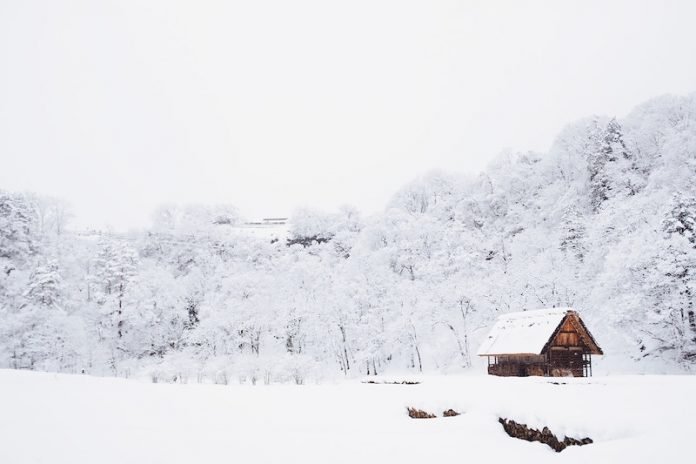
Sunburn can only occur during the summer – right? Wrong.
Sunburn is caused by excessive ultraviolet (UV) light exposure.
The amount of the sun’s UV light that reaches us is highest over the summer months, but is still present year round and can cause a sunburn if there’s enough exposure.
This is especially true when there’s snow on the ground. Snow is very reflective, so when we are outside on a sunny winter day, we can be bombarded with UV light from above and from reflected light from below.
Sunburn can only occur on our skin – right? Wrong.
The cornea is the clear outer dome of our eye and is covered by a transparent epithelial layer.
This epithelial layer is like the skin of our cornea and, just like the skin of the rest of our body, is susceptible to burns from UV light exposure.
Ultraviolet light burns to the cornea are known as photokeratitis (photo meaning light, and keratitis meaning inflammation of the cornea). Inflammation of the epithelial layer of the cornea can cause significantly blurred vision.
When photokeratitis occurs following a sunny day on the ski slopes, it’s commonly referred to as snow blindness.
Because the epithelial layer of the cornea contains many nerve endings, in addition to blurred vision, inflammation from photokeratitis causes eye discomfort that can range from burning, itching or stinging to intense pain, depending on the severity.
Being out on snow covered ground isn’t the only time that we’re at higher risk for snow blindness. Photokeratitis can also occur following a day on the water or on a white sand beach.
These reflective surfaces also increase the amount of UV light reflected from below. Being outdoors in higher elevations also increases UV light exposure as less UV light is absorbed by the atmosphere.
If you hike, climb or ski in mountainous terrain, you’re also at increased risk.
Additionally, photokeratitis can occur due to UV light exposure from tanning beds, blowtorches and other welding equipment. Thus, photokeratitis is also commonly referred to as welder’s flash.
Prevention
Wearing UV light protective eyewear is the best way to prevent snow blindness.
This can be prescriptive eyewear, sunglasses or snow goggles and should come with a label that indicates “Blocks 100% UV-A and UV-B”, or “UV400.”
Also, always wear appropriate gear when welding and never use a tanning bed without protective goggles.
Treatment
If you suspect that you have snow blindness, step one is to prevent further damage. Find shade or, better yet, get indoors and out of the sun. Next, you should visit an eye doctor to confirm the diagnosis.
Once the diagnosis is confirmed, minimal treatment is required for photokeratitis. The condition will typically clear up on its own in a day or two.
During this period, you should avoid sunlight and contact lens wearers should not wear their contacts. Common treatments also include use of artificial tears, cool compresses and over-the-counter pain relievers.
Andrew Toole is a clinical associate professor in The Ohio State University College of Optometry.



